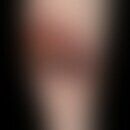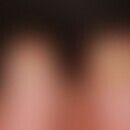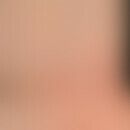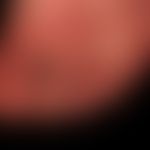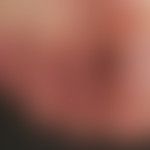Synonym(s)
Anonychia; Anonychosis; nail loss; Nail loss
DefinitionThis section has been translated automatically.
Complete or partial(microonychia, hyponychia, onychoatrophy), acquired or congenital "naillessness" on one or more finger(s) and/or on one or more toe(s).
EtiopathogenesisThis section has been translated automatically.
Acquired anonychia:
- Traumatically induced
- Tinea unguium
- Lichen planus
- Chronic eczema
- Psoriasis vulgaris
- Acrodermatitis continua suppurativa
- Syphilis
- Erythroderma of different genesis
- Drug-acquired in prenatal phenytoin ingestion
- Anonychia due to invasive tumor growth (e.g. acrolentiginous melanoma)
Congenital anonychia: A number of different syndromes have been described:
- Anonychia congenita: In autosomal recessive congenital anonychia (OMIM 206800), congenital anonychia is the leading symptom (no hypoplasia of the bony terminal phalanges). Mutations in the RSPO4 gene, which codes for R-spondin 4, a component of the Wnt signalling pathway, are detectable.
- In mammary finger-nail syndrome, nails are absent with hypoplasia or complete absence of the end phalanges.
- In Cooks syndrome, nail dystrophy progresses to anonychia of the ring and little finger.Furthermore, there is digitization of the thumb.
- In anonychia-ectrodactyly syndrome, the finger abnormalities are asymmetrical, including the absence of 1 or more fingers.
- 20-nail dystrophy
- Nail-patella syndrome (anonychia, hyponychia, onychoschisis, triangular lunula. Most affected are thumb and index finger nails; toenails are almost always normal).
- Isolated anonychia-onycholysis (Nail disorder, nonsyndromic congenital 9: this is an autosomal recessive nail dystrophy. The nails appear normal at birth; in the first decade of life onycholysis of the toenails leading to anonychia).
TherapyThis section has been translated automatically.
In the case of acquired anonymity: treatment of the underlying disease, see there.
LiteratureThis section has been translated automatically.
- Afsar FS et al (2014) Total congenital anonychia. Pediatric dermatol 31:743-744
- Babu S et al (2012) Anonychia due to prenatal phenytoin exposure. J Assoc Physicians India 60:64
- Balta I et al (2013) A case report on autosomal recessive total congenital anonychia. Pediatric Dermatol 30: e268-269
- de Lau WB et al (2012) The R-spondin protein family. Genomes Biol.13:242
- Lam C et al (2013) Images in clinical medicine. Epidermolysis bullosa acquisita. N Engl J Med 368:e17
- Khan TN et al (2012) Novel missense mutation in the RSPO4 gene in congenital hyponychia and evidence for a polymorphic initiation codon (p.M1I). BMC Med gene 13:120
Incoming links (13)
Acrodermatitis continua suppurativa; Anonychie acquired; Anonychosis; Dorsal pterygium; Dyskeratosis congenita; Dysplasia, chondroectodermal; Ectodermal dysplasia ; Hay-wells syndrome; Isolated anonychy-onycholysis; Nail diseases with genodermatoses; ... Show allOutgoing links (15)
Acrodermatitis continua suppurativa; Anonychia-electrodactyly syndrome; Congenital anonychia; Cooks syndrome; Eczema (overview); Erythrodermia; Isolated anonychy-onycholysis; Lichen planus (overview); Microonychia; Nail-patella syndrome; ... Show allDisclaimer
Please ask your physician for a reliable diagnosis. This website is only meant as a reference.
